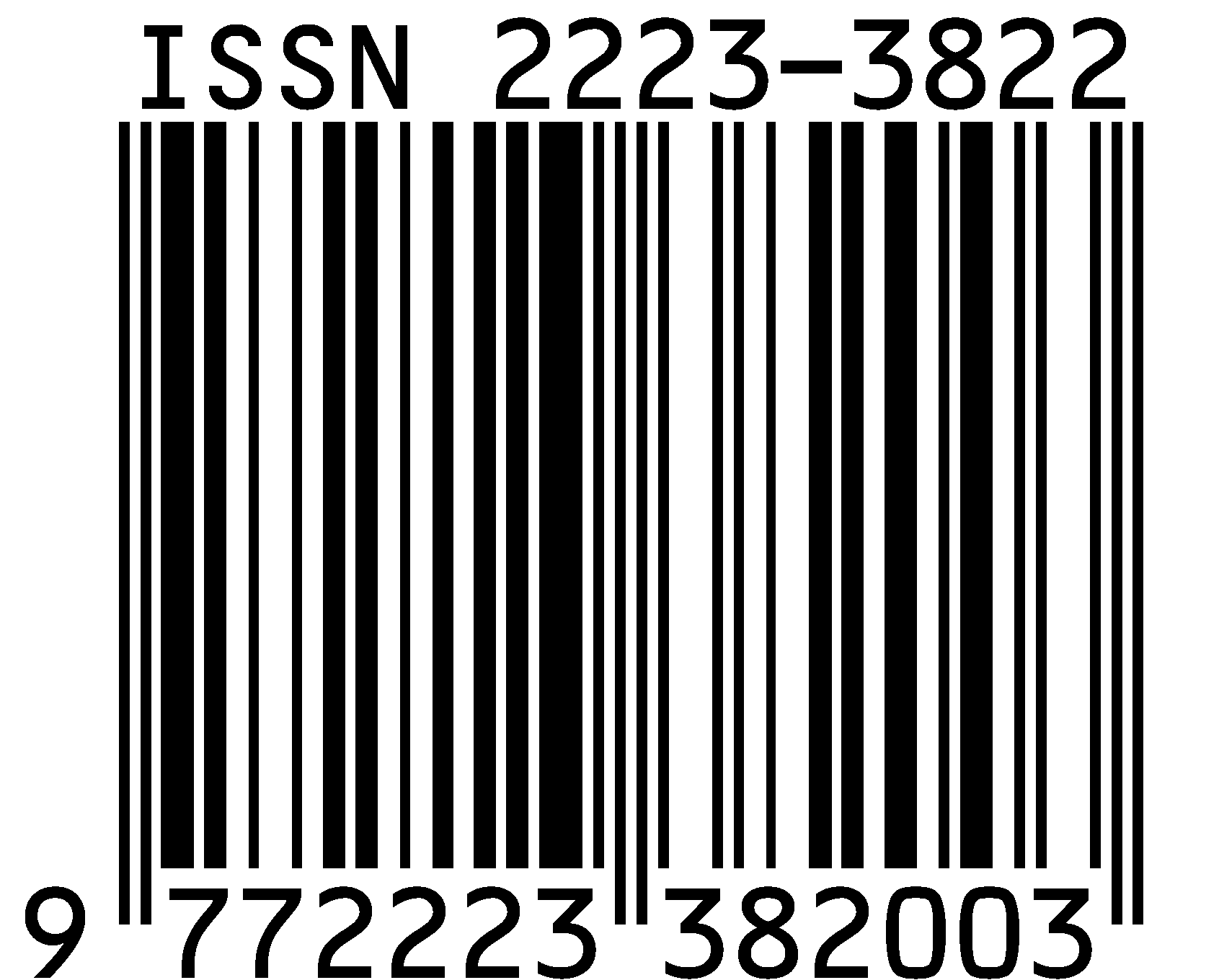Архітектура вибору і підштовхування в поведінковій економіці
|
Назва: |
Архітектура вибору і підштовхування в поведінковій економіці |
|
Інші назви: |
The choice architecture and nudging in the behavioural economics |
|
Автори: |
Демкура, Тарас |
|
Приналежність: |
Тернопільське регіональне представництво «ІСС Ukraine» вул. Й. Сліпого, 7, м. Тернопіль, 46000, Україна |
|
Бібліографічний опис: |
Демкура Т. Архітектура вибору і підштовхування в поведінковій економіці [Електронний ресурс] / Тарас Демкура, Ірина Маркович // Соціально-економічні проблеми і держава. — 2022. — Вип. 2 (27). — С. 85-92. — Режим доступу: http://sepd.tntu.edu.ua/images/stories/pdf/2022/22dtvvpe.pdf |
|
Bibliographic description: |
Demkura, T. & Markovych, I. (2022) The choice architecture and nudging in the behavioural economics. Socio-Economic Problems and the State (electronic journal), Vol. 27, no. 2, pp. 85-92. URL: http://sepd.tntu.edu.ua/images/stories/pdf/2022/ 22dtvvpe.pdf |
|
Журнал/збірник: |
Електронне наукове фахове видання "Соціально-економічні проблеми і держава" |
|
Випуск/№ : |
2(27) |
|
Дата публікації:
|
гру-2022 |
|
Дата подання: |
жов-2022 |
|
Дата внесення: |
27-гру-2022 |
|
Видавництво: |
Тернопільський національний технічний університет імені Івана Пулюя та Академія соціального управління (Україна) |
|
Країна (код):
|
UA |
|
Місце видання, проведення: |
Тернопіль |
|
Ідентифікатор ORCID: |
https://orcid.org/0000-0003-4585-722X |
|
DOI:
УДК: |
https://doi.org/10.33108/sepd2022.nom2.085
330.88 |
|
JEL: |
B40 |
|
Ключові слова: |
поведінкова економіка |
|
Кількість сторінок: |
8 |
|
Діапазон сторінок: |
85-92 |
|
Початкова сторінка: |
85 |
|
Кінцева сторінка: |
92 |
|
Короткий огляд (реферат): |
У статті обґрунтовано, що поведінкова економіка дозволяє відійти від ідеалізованого сприйняття людини як абсолютно раціонального суб’єкта прийняття рішень, що володіє усією інформацією про об’єкт; здатен сформувати чітку ієрархію власних пріоритетів, яка зумовлена балансом між вигодою та витратами; стабільний у своїх вподобаннях та не піддається емоційним впливам. Для цього необхідно враховувати когнітивні упередження, систематичні помилки мислення та можливості їхнього уникнення, з чим, власне, і працює поведінкова економіка. Розглянуто поняття «архітектура вибору», «підштовхування (наджинг)» та «лібертаріанський патерналізм». В найбільш загальних рисах, архітектура вибору ̶ це дизайн середовища, в якому люди приймають рішення. Змінивши середовище прийняття рішення, можна змінити і саме рішення. Підштовхування («наджинг») ̶ це одна зі стратегій поведінкової економіки, спрямована на поведінку суб’єктів виключно шляхом зміни середовища та контексту, тобто інструменти підштовхування здатні підкреслити економічні стимули і м’яко скерувати людину до оптимальних рішень, не позбавляючи її вибору. Показано, що інструментарій підштовхування активно почав використовуватися у державній політиці для підсилення ефективності регулюючих дій, проте, не обмежився нею, а досить швидко поширився і на інші сфери ̶ охорону навколишнього середовища, здоров’я, систему страхування та пенсійного забезпечення, підприємництво і т.д. Наведено приклади практичного застосування архітектури вибору та інструментарію підштовхування в сфері державного регулювання, екологічного використання ресурсів та особистого вибору. Зосереджено увагу на тому, що накладаючи обмеження варіантів дій або прямо впроваджуючи регулюючі інструменти, звичайно, можна досягти бажаних результатів, проте, такий вплив на зміну поведінки є швидше директивним, ніж таким, що залишає свободу людині. Інструменти підштовхування («наджингу») здатні підкреслити економічні стимули і м’яко скерувати людину до більш раціональних рішень. Вказано основні потреби, для задоволення яких підштовхування та створення архітектури вибору є ефективними та доречними, наприклад, стимулювання самоконтролю або підвищення рівня усвідомленості необхідності здійснення дій.
|
|
Спонсорська підтримка: |
The authors received no direct funding for this research. |
|
URI (Уніфікований ідентифікатор ресурсу): |
http://elartu.tntu.edu.ua/handle/lib/39629 |
|
ISSN: |
2223-3822 |
|
Власник авторського права: |
Електронне наукове фахове видання «Соціально-економічні проблеми і держава» |
|
URL-посилання пов’язаного матеріалу: |
http://sepd.tntu.edu.ua/images/stories/pdf/2022/22dtvvpe.pdf |
|
Перелік літератури: |
1. Thaler R., Sunstein C. Nudge: Improving Decisions about Health, Wealth, and Happiness. USA: Penguin Books. 2008. |
|
References: |
1. Thaler R., Sunstein C. (2008) Nudge: Improving Decisions about Health, Wealth, and Happiness. USA: Penguin Books. DOI: https://doi.org/10.1111/j.1467-9760.2009.00351.x DOI: https://doi.org/10.32983/2222-4459-2020-9-37-43 DOI: https://doi.org/10.1007/978-3-319-55807-3 DOI: https://doi.org/10.2139/ssrn.2245657 DOI: https://doi.org/10.1080/01441640701806612 |
|
Тип вмісту: |
Article |
| Розташовується у зібраннях: |
Журнал „Соціально-економічні проблеми і держава“, 2022, Випуск 2(27) |
| < Попередня | Наступна > |
|---|












